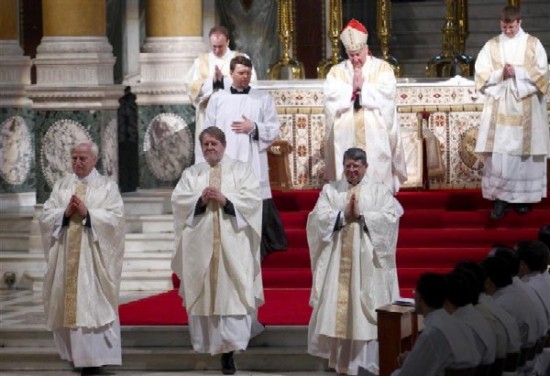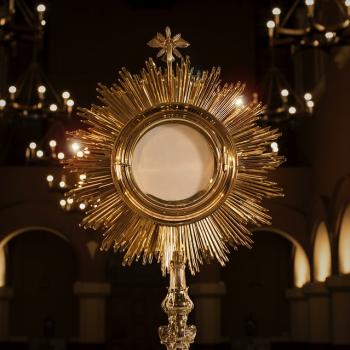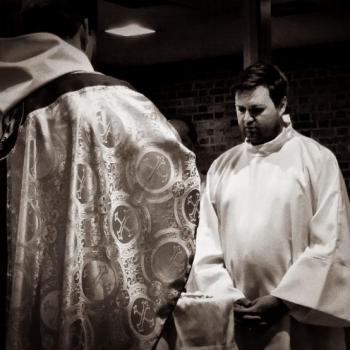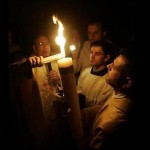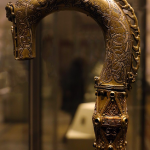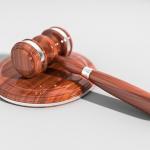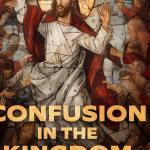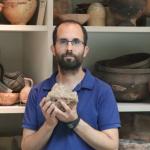Before the confetti is swept up and the champagne glasses put away, the new year will be bringing something else new: the ordinariate, enabling Anglican parishes in the U.S. to become Catholic. Details:
The Vatican is set to launch a structure Monday that will allow Anglican parishes in the United States — and their married priests — to join the Catholic Church in a small but symbolically potent effort to reunite Protestants and Catholics, who split almost 500 years ago.
More than 1,300 Anglicans, including 100 Anglican priests, have applied to be part of the new body, essentially a diocese. Among them are members of St. Luke’s in Bladensburg, which this summer became the first group in the country to convert to Catholicism.
St. Luke’s and Baltimore’s Mount Calvary, which also applied to join, were part of the Episcopal Church, the official wing of American Anglicanism. But most of those joining the new structure are Anglicans who aren’t part of the Episcopal Church.
It’s unclear how many priests and their followers will ultimately convert to Catholicism. Compared with the tens of millions of Americans who identify as Catholic or Protestant, the movement is small. But it is the most tangible progress in decades for Catholic leaders, who see Catholics and Protestants as estranged siblings who should be reconciled.
“It’s the largest reunification effort in 500 years,” said Susan Gibbs, a spokeswoman for the new body, called an ordinariate.
The possibility of dozens of married Catholic priests could provide fodder for Catholics who want the Vatican to open up on the issue of priestly celibacy. There are about 40,000 Catholic priests in the United States.
Gibbs declined to say which priests and parishes have expressed interest. But congregants at St. Luke’s, and others who call themselves Anglo-Catholics, tend to be theological and social conservatives who say they like the clear, single authority of a pope. However, they also want to hold onto aspects of Anglicanism, including retaining more authority in governing and certain music and rituals, such as kneeling for Communion.
More details will be made public Monday, but Gibbs said most of the Anglicans who expressed interest were not leaving the Episcopal Church. Most are members of offshoot Anglican groups, many of which have grown since the Episcopal Church ordained an openly gay bishop about a decade ago.
Tens of thousands have left the Episcopal Church since then for breakaway groups.
But people in both movements — Anglo-Catholics and Episcopal breakaway groups — tend to voice similar concerns about the liberal direction of the Episcopal Church. They mention the ordination and marrying of gays and lesbians; the ordination of women; and leaders who view the Bible as metaphor, not fact.
Photo: Archbishop of Westminster Vincent Nichols follows former Anglican bishops John Broadhurst, Andrew Burnham and Keith Newton after their ordination as Roman Catholic priests at Westminster Cathedral in central London, January 15, 2011. Photo by Andrew Winning/Reuters.

